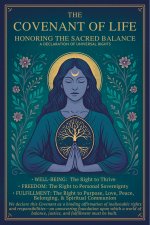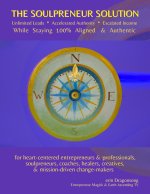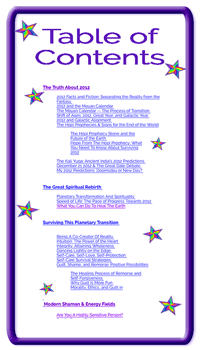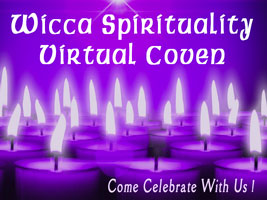The Goddess Never-Not-Broken:
Symbols and Surprises
Silver Chalice E-zine Exclusive — Feature Article Pt 2
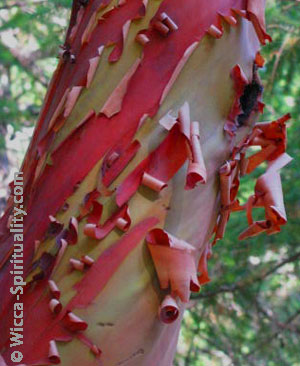
There is very little information on Akhilandeshvari, the Goddess Never-Not-Broken.
She's the kind of Goddess most people prefer to avoid. Silver Chalice E-zine Exclusive — Feature Article Pt 2

Am I Qualified To Speak For the Goddess Never-Not-Broken?
And who am I to say? I'm not a recognised Indian saint, that's for sure! I have no certification or power hierarchy to back me up. When I was debating with myself over whether I have the "authority" to share these insights about Akhilandeshvari, my Earth Guru reminded me that that's where ALL information / mythology originated — from those mystics who connect with the Divinity, are changed, and then share what they experienced. So in that honourable tradition, I offer what Akhilandeshvari is to me, and you can decide for yourself how much you would like to accept.Akhilandeshvari In My Life
To me, the Goddess Never-Not-Broken is the embodiment of everything we mortals try so hard to avoid and deny: lack of control, heartbreak, confusion, loss, powerlessness…. I think of her as the Goddess of trauma, grief, suffering, and the aftermath of disaster or even massive positive change. However, it's very important to realise that while She is the Goddess of these broken states, She is not the cause of them. She doesn't make us feel these unpleasant things. Neither is She a victim of them. Akhilandeshvari feels these states. She lives in these states. But they do not oppress Her. She uses trauma and pain as tools— joyfully, purposefully —
to attain Her own liberation. And She teaches us that we can do the same.
Symbols of Never-Not-Broken
Since I couldn't find anything about Akhilandeshvari's symbols, other than the Crocodile she rides upon, I ended up "catching" some symbolisms intuitively. I see Her symbols as…- The Chrysalis where one turns to formless, mindless goo before transmuting into a being so sublime, the caterpillar couldn't even dream of it.
- Arbutus / Madrone Trees, which shed their bark regularly, revealing subtle and beautiful fresh skin beneath.
- Firewood, which gives itself over to feeding the fires of life, but even more the trees that are burnt in Wildfires. She is simultaneously the fuel that feeds the transformative fires, and the new growth that arises in the clearings.
- The Phoenix— the bird that burns up in its own fire and is reborn of its ashes, only to burn and take birth again and again.
- Seeds Of The Lodgepole Pine, that need to burn before they can germinate and grow.
- Clouds, which have no fixed form or shape, as Akhilandeshvari eternally changes and rearranges Herself.
- To a lesser degree, Oysters — not as an icon of the Goddess Never-Not-Broken, but as what She does constantly: the hard protective shell we wrap around ourselves being forcibly cracked open, and the pearl at our heart exposed for its true value.
Some Surprises She Gave Me
I think it substantiates these insights that not everything I placed before the Goddess Never-Not-Broken were accepted. A couple of symbols that I liked, She disputed. Wild Fires were one symbol that She turned down. My thought was that Wildfires are an unpredictable, overwhelming natural force that consumes everything in its path, yet ends up clearing the way for new, fresh life. I think She lives like a Wildfire: always reaching up, flowing and changing shape, consuming Herself. But Akhilandeshvari told me that She is more aligned with the fuel for the fire, than the Wildfires themselves. She sees this more as a force in Her life than who She is. Another symbol was the Cauldron of Transformation — this is a very Western concept, but I related to it a lot during my process of working with the Goddess Never-Not-Broken. Into this Cauldron is thrown the dead, and they come back to life. Into this Cauldron the living can crawl, and die, and be reborn as immortal. This is the power of spiritual transformation, and the death of the ego-self is necessary for that to happen. Akhilandeshvari agreed that it makes sense, but for some reason I didn't understand She wasn't really comfortable with it for Herself, so I don't include it as one of Her symbols.Not The Goddess Of Breaking Us
Also, I had been thinking of Her as the instigator of the transformational process. I pictured Her grabbing me by the wrists and throwing me into the Cauldron. What I discovered in interacting with Her is very much the opposite. She is so much into her own process, She isn't concerned about anyone else's. She is the role model of what to do when the Wildfire of life strikes you. She offers us the opportunity to be as She is, do as She does. She will help us dissolve into reality / Divinity / egolessness if we ask Her to, but She doesn't impose. Life does that, or our own soul-contracts.The Happily Broken Goddess
One thing that really surprised me about Akhilandeshvari is that She came across as very light-hearted. With a name like Never-Not-Broken, you might expect Her to be intense, somber, melancholy, or even morose. Far from it! For example, when I was asking Her questions, She was reluctant to answer with "I." She laughed lightly and gaily, to think of a "shadow" (Her "self") that dreamt it was separate and alive in its own right as an "I." She doesn't acknowledge Herself as having so much identity. This is perhaps the most radical aspect of Akhilandeshvari — that She is happy being broken. She experiences the anguish, the confusion, the instability, the fragility just as we do. She doesn't know who She is, from moment to moment. But instead of bemoaning it, she rejoices in it! She doesn't dwell on the discomfort, but revels in the resulting clarity and openness to Divine Presence. This is why She continuously reaches for Her own evanescence. Not because She masochistically enjoys suffering. She just enjoys being 100% Divine, with no ego-shadow to becloud this blissful, eternal Truth. How does being "broken" sound now?With Brightest Blessings,
erin Dragonsong

Return from
The Goddess Never-Not-Broken: Symbols and Surprises
to
Silver Chalice E-Zine

